In industrial settings such as stone fabrication, construction, warehousing, and manufacturing, choosing between manual material handling and automated material handling systems can significantly impact productivity, safety, and operational costs. While automation has been growing rapidly, manual handling remains a preferred choice in certain contexts due to its flexibility, low initial cost, and ability to adapt to diverse work environments.
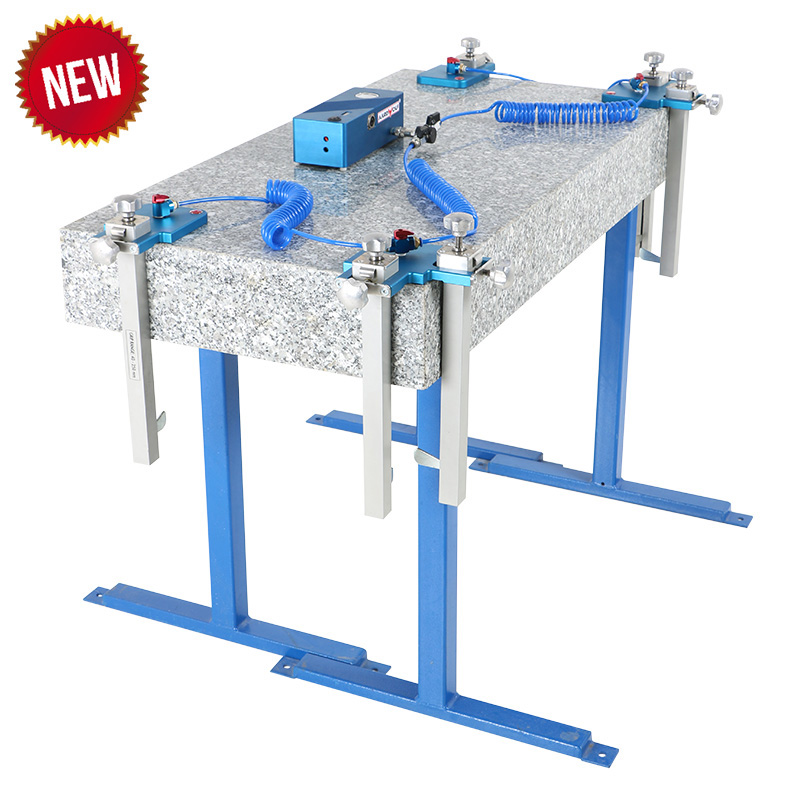
Table of Contents
ToggleUnderstanding Manual Material Handling
Manual material handling (MMH) refers to the movement, lifting, lowering, pushing, or pulling of materials without automated machinery. It typically involves the use of manual material handling tools such as slab lifters, vacuum lifters, material handling trolleys, and small-scale lifting devices.
For an overview of the principles behind material handling, see:
🔗 What Is Material Handling? Types, Equipment, Functions, Safety, and Warehouse Optimization
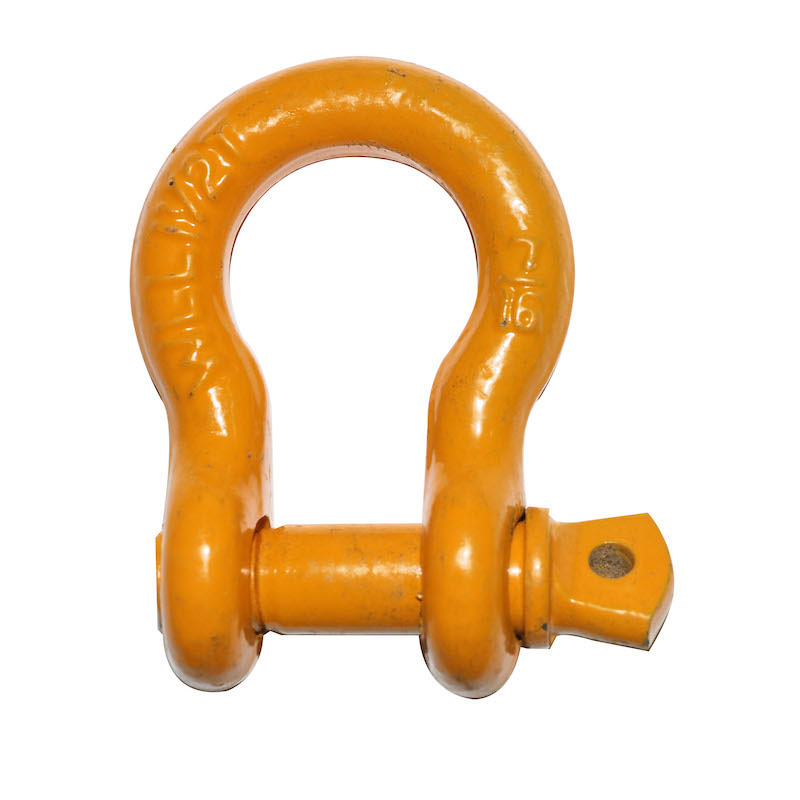
Why Manual Material Handling Is Still Preferred
While automated systems are ideal for large-scale, repetitive tasks, manual handling remains the choice in certain operations because:
- Flexibility in Complex Tasks
Workers can adapt to irregularly shaped loads, fragile materials, or unique installation requirements—common in industries like stone fabrication.
🔗 What You Should Know About Stone Fabrication and Installation - Lower Initial Investment
No large upfront costs for machinery—making it appealing for small businesses or short-term projects. - Ease of Training
Workers can quickly be trained on manual material handling tools, avoiding the complexity of advanced automation programming. - Mobility
Manual handling tools are portable and do not require fixed installation.
Equipment Used in Manual Material Handling
Even though it is “manual,” MMH often involves equipment to reduce strain and increase safety, such as:
- Material handling carts and trolleys
- Paver lifters for construction work – see paver lifter
- Slab lifters and vacuum lifters for heavy stone products
- Forklifts for material handling in hybrid manual-automated workflows
- Cranes and hoists for larger loads
Safety Considerations for Manual Material Handling
While manual handling offers flexibility, it can lead to workplace injuries if not managed correctly. Key safety tips include:
- Use proper lifting techniques and avoid twisting while carrying loads
- Wear appropriate clothing – avoid loose apparel that can get caught in equipment
🔗 Loose Clothing Is Best to Wear When Handling Material? - Use lifting aids like vacuum lifters to reduce strain
- Train staff in ergonomic best practices
When to Choose Manual Over Automated Material Handling
Manual material handling is typically preferred when:
- The work environment is space-limited and can’t accommodate large automation systems
- Product shapes, sizes, and weights vary greatly
- Operations require frequent human judgment and skill
- Work is seasonal or project-based, making automation less cost-effective
For more insight into workforce roles, see:
🔗 Who Is Typically Responsible for the Movement and Material Handling of Raw and WIP?
Balancing Manual and Automated Material Handling
Many companies are moving toward a hybrid model—combining the efficiency of automated material handling systems with the adaptability of manual processes. This allows businesses to reduce repetitive strain injuries, improve throughput, and maintain flexibility for specialized tasks.
Conclusion
When deciding between manual and automated material handling, there’s no one-size-fits-all answer. Manual handling remains the preferred choice in environments where flexibility, adaptability, and lower costs outweigh the benefits of full automation. With the right material handling equipment and safety protocols, manual processes can be efficient, cost-effective, and safe for workers.

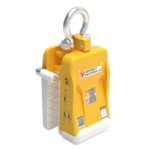
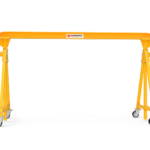
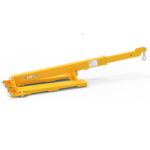
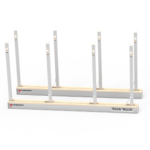
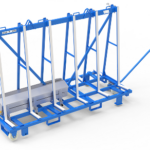
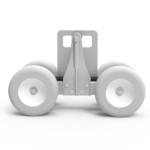
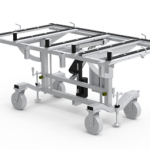
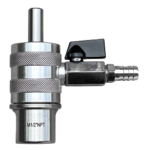
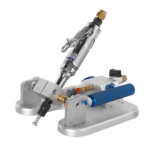
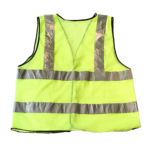
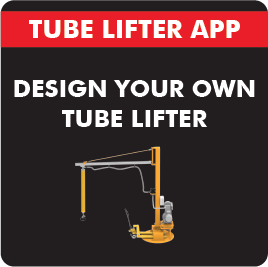
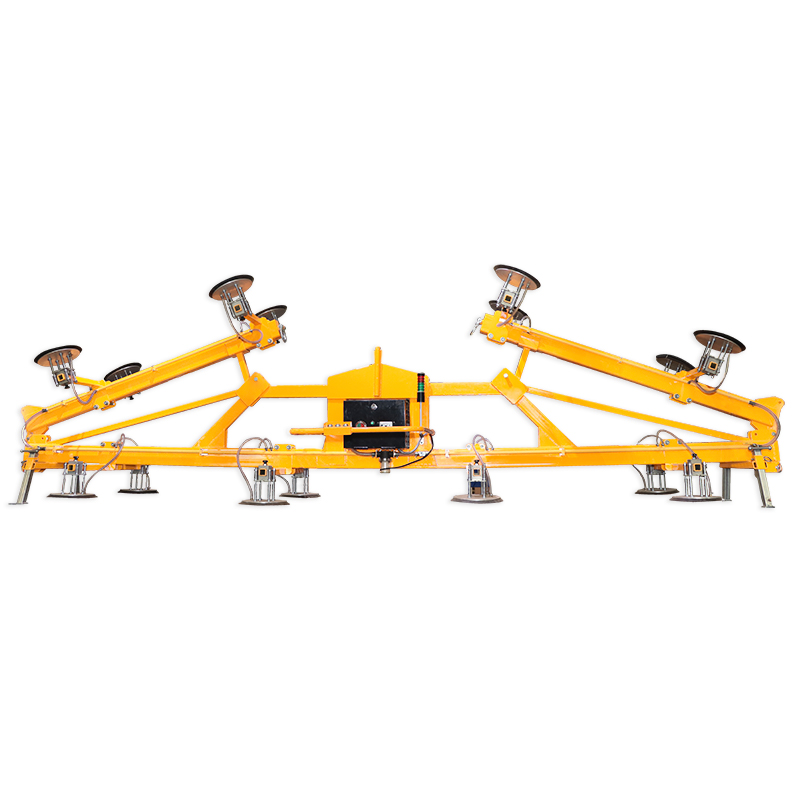
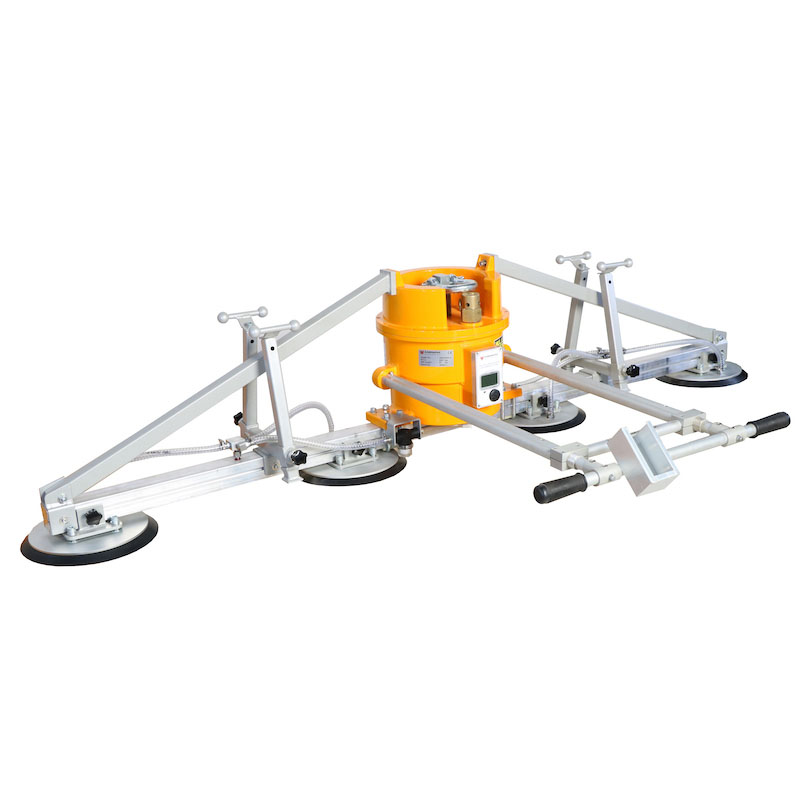
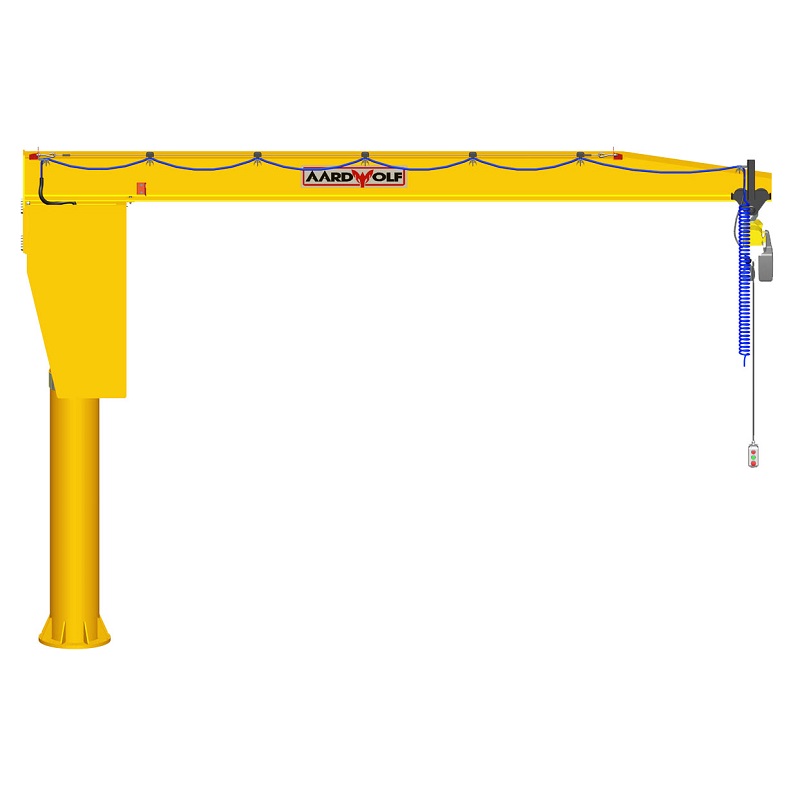


Please log in to leave a comment.